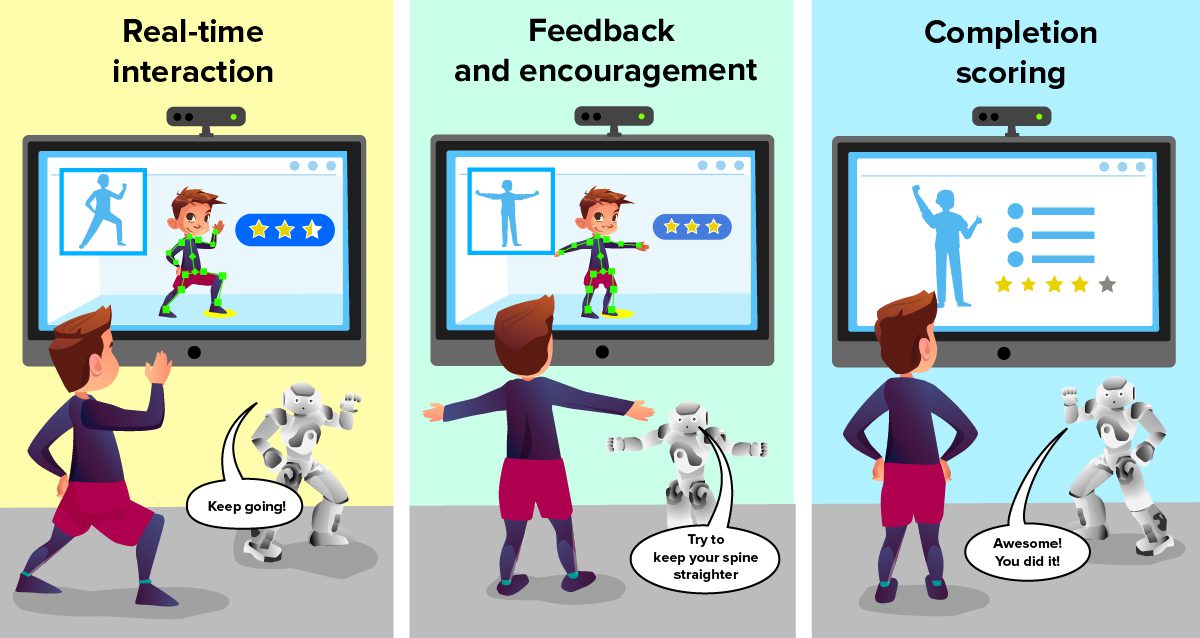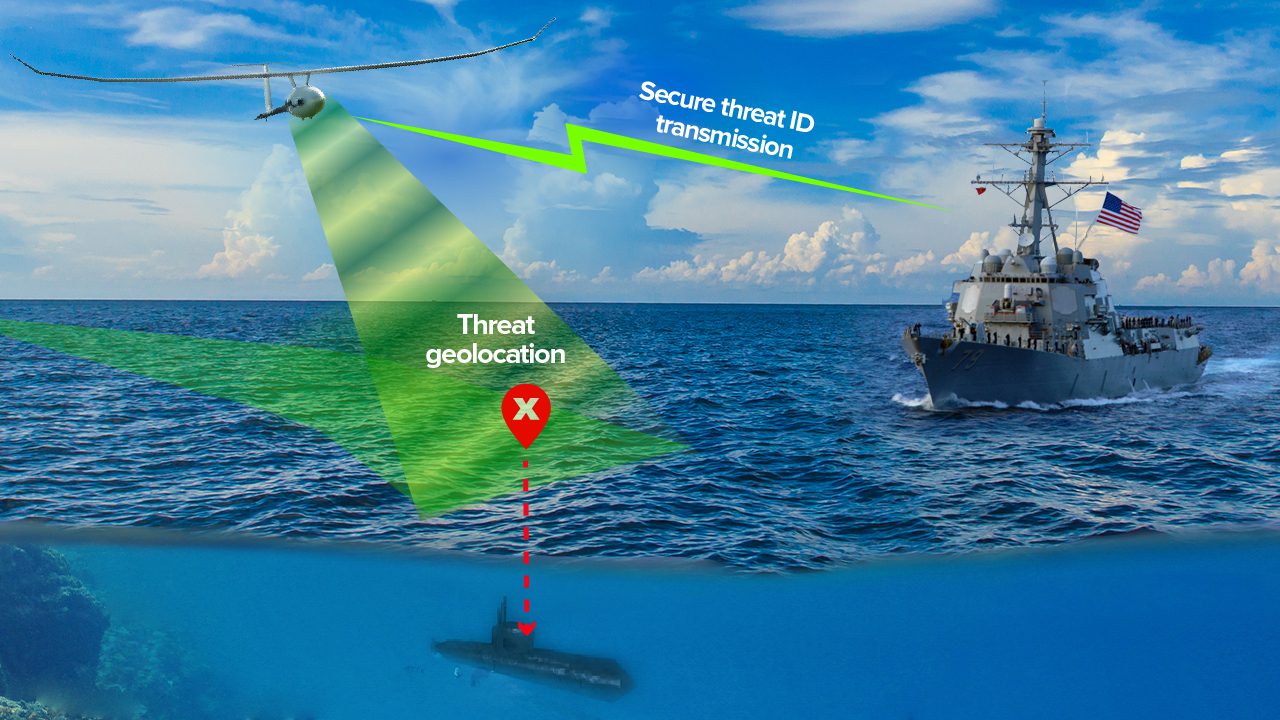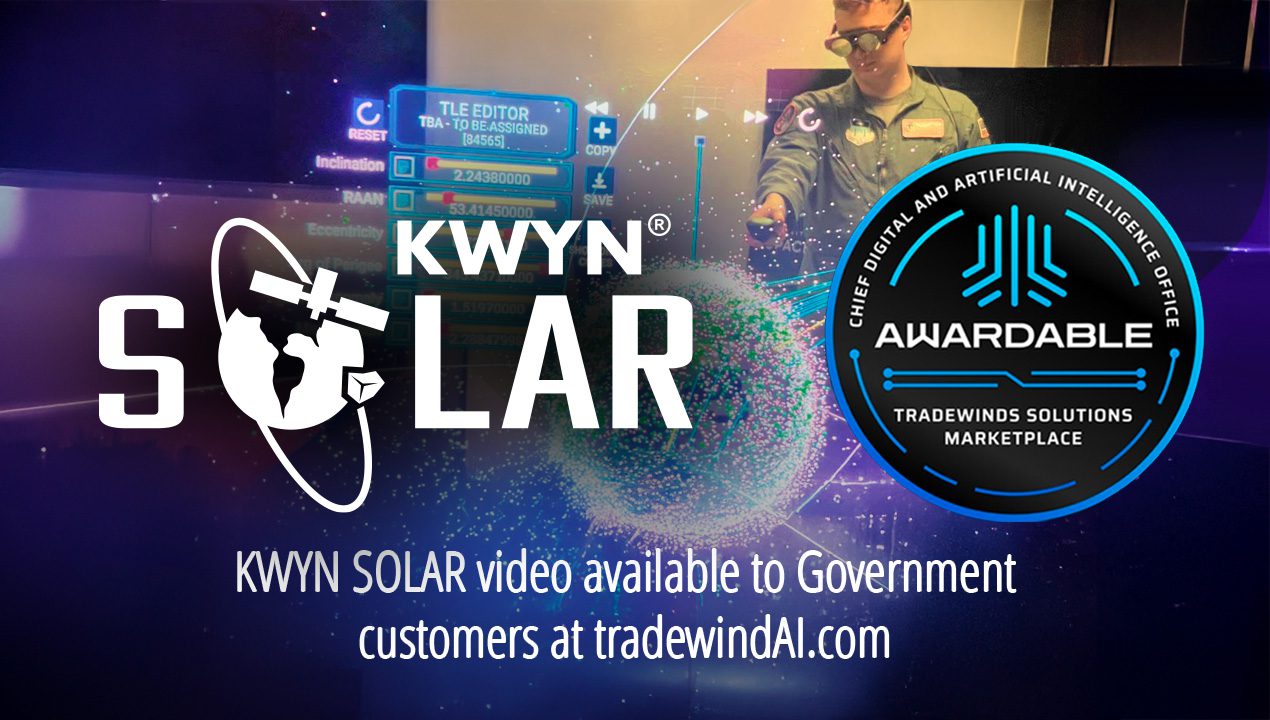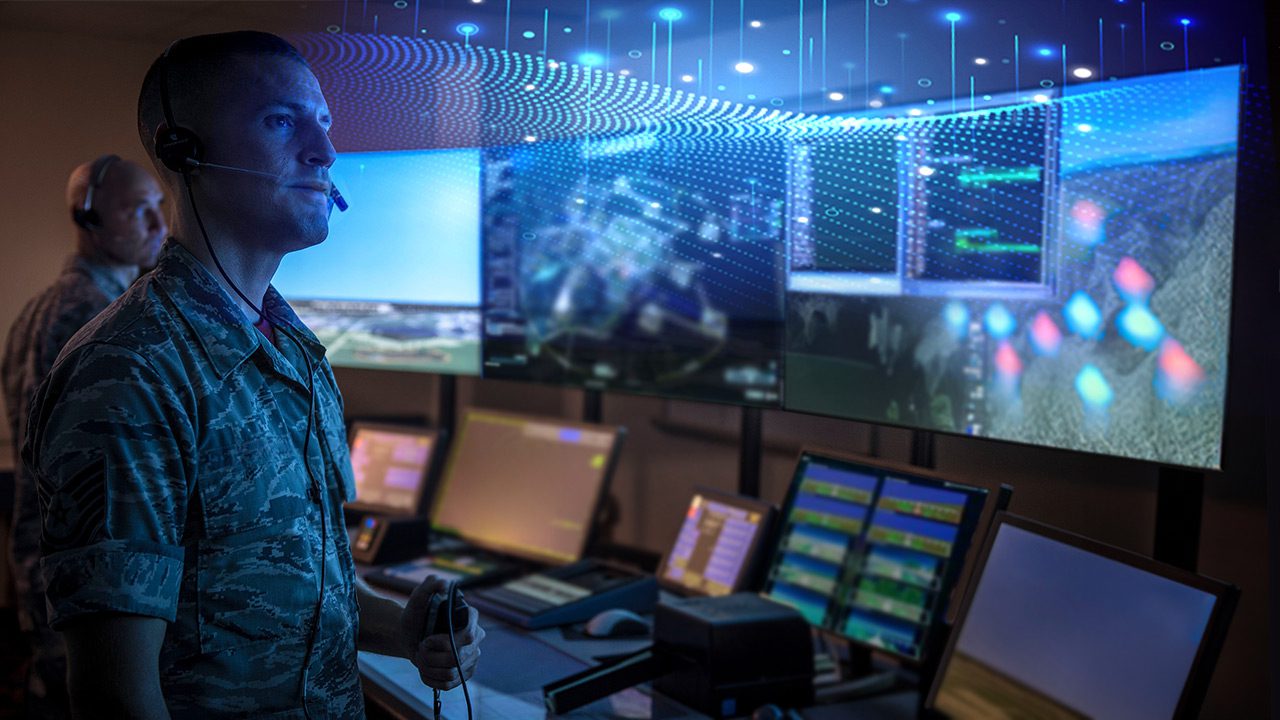Charles River Analytics, a developer of intelligent systems solutions, announces a contract awarded by the Office of Naval Research (ONR) to develop a seasonal weather probabilities service. The US Navy is seeking tools for extended environmental forecasts, which can aid in planning missions, training schedules, and transit routes. Charles River Analytics is designing big data machine learning tools that could support an extended-range weather prediction service under the Climatological Observations for Maritime Prediction and Analysis Support Service effort, known as COMPASS.
“In COMPASS, we’re using newly available extended-range forecasts to produce a unified and more accurate long range probabilistic forecast for a specific time period and location of interest,” explained Mr. Joe Gorman, Division Software Engineer at Charles River and Principal Investigator on COMPASS.
COMPASS will produce a unified forecast up to twelve months in advance using the North American Multi-Model Ensemble (NMME). It will incorporate multiple forecast models from different meteorology and climatology modeling centers to produce a single unified and improved forecast for a specific time period and location. Charles River is partnering with Dr. Benjamin Kirtman of the University of Miami Rosenstiel School of Marine and Atmospheric Science for the COMPASS effort. Dr. Kirtman is the lead Principal Investigator on the National Oceanic and Atmospheric Administration’s (NOAA) NMME program.
Charles River will apply machine learning techniques and its Figaro probabilistic programming language to learn how to combine multiple models to better predict environmental conditions (e.g., temperature, wind stress, and cloud cover). Figaro is a free, open-source probabilistic programming language for probabilistic modeling.
“We will evaluate available weather data and determine how to optimally combine multiple weather and climate models to produce a single, improved forecast using Figaro,” added Mr. Gorman. “We will use Figaro’s built-in machine learning and inference capabilities to produce in an effective manner a coherent unified forecast from individual time, location predictions.”
This material is based upon work supported by the US Navy under Contract No. N00014-15-P-1067. Any opinions, findings and conclusions or recommendations expressed in this material are those of the author(s) and do not necessarily reflect the views of the US Navy.





